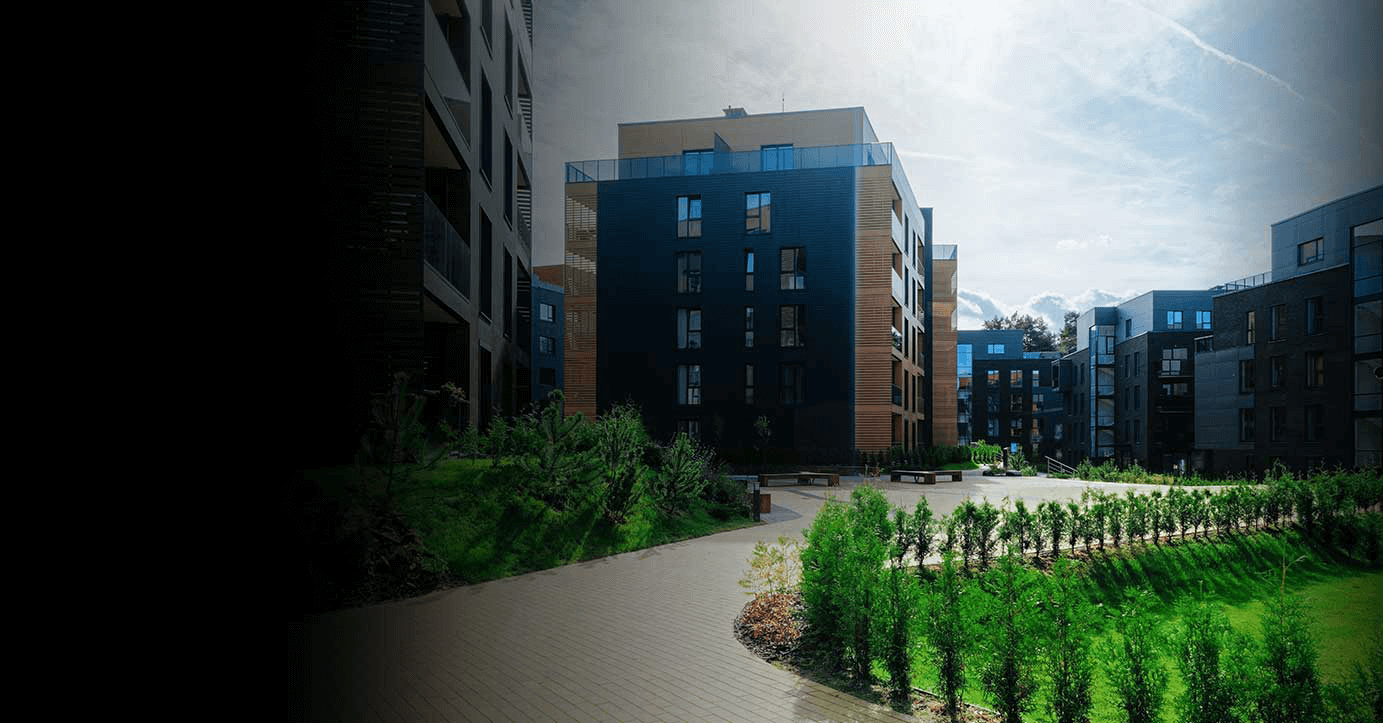Improving Wi-Fi Connection and Performance in Multi-Unit Settings for Maximum Customer Satisfaction
Improving Wi-Fi Connection and Performance in Multi-Unit Settings for Maximum Customer Satisfaction
Blog Article
Within the current environment, having a robust and reliable Wireless signal is crucial, particularly in multi-dwelling environments like flats or condominiums. Many individuals depend on the internet for work, school, and entertainment. Nonetheless, Wireless transmissions can have difficulty to reach every area of these buildings due to multiple obstacles. These obstacles can include walls, floors, and other electronic equipment that disrupt the connection. To enhance Wireless signal strength and performance in these settings, it is important to understand some basic concepts of wireless networking.
One effective way to enhance Wi-Fi performance is by intelligently positioning routers and access points throughout the building. A central location is usually ideal, as it enables the coverage to propagate uniformly in all areas. In spacious multi-unit residences, several repeaters may be necessary. These units help extend the range of the wireless infrastructure and deliver stronger coverage to residents in different parts of the building. Additionally, using devices that support the latest Wi-Fi protocols can lead to faster speeds and better total efficiency.
Another key aspect in improving Wi-Fi signal strength is reducing interference from other devices. Most household items, such as ovens and cordless phones, can disrupt Wi-Fi transmissions. It is advisable to position modems away from these devices to maintain a more stable signal. Additionally, modifying the frequency settings on a device can help reduce conflict from neighboring networks. The majority of devices by default select the most suitable band, but manually see here now choosing a less crowded one can improve efficiency.
Regularly updating device firmware is also crucial for ensuring maximum Wi-Fi stability. Vendors frequently issue updates that fix issues and improve protection features. Keeping the software current guarantees that users take advantage of the latest improvements and defenses against potential risks. Furthermore, monitoring bandwidth usage helps detect which devices utilize more resources, allowing for better allocation of available resources.
Ultimately, educating users about best practices for utilizing Wi-Fi can significantly enhance their performance. Basic steps such as connecting only required devices, using Ethernet connections when feasible, and regularly restarting the device can make a difference. By fostering a community that comprehends how to optimize their network usage, multi-unit environments can enhance user satisfaction and guarantee that everyone experiences a reliable Wi-Fi connection. This integrated approach click site of planned placement, minimizing conflict, maintaining equipment, and informing users will result in a more efficient and satisfying Wi-Fi usage for all occupants.